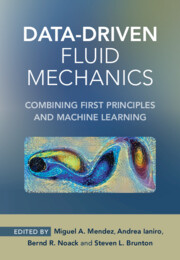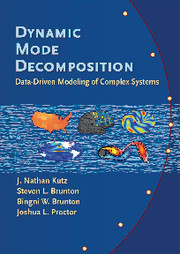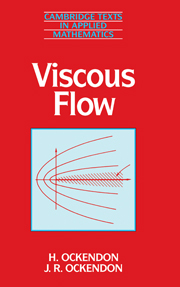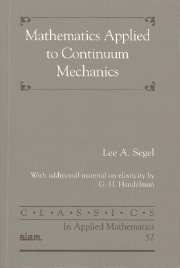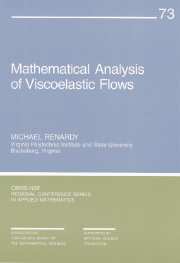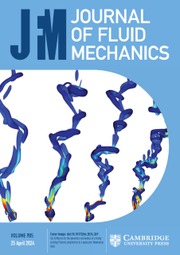Data-Driven Fluid Mechanics
Data-driven methods have become an essential part of the methodological portfolio of fluid dynamicists, motivating students and practitioners to gather practical knowledge from a diverse range of disciplines. These fields include computer science, statistics, optimization, signal processing, pattern recognition, nonlinear dynamics, and control. Fluid mechanics is historically a big data field and offers a fertile ground for developing and applying data-driven methods, while also providing valuable shortcuts, constraints, and interpretations based on its powerful connections to basic physics. Thus, hybrid approaches that leverage both methods based on data as well as fundamental principles are the focus of active and exciting research. Originating from a one-week lecture series course by the von Karman Institute for Fluid Dynamics, this book presents an overview and a pedagogical treatment of some of the data-driven and machine learning tools that are leading research advancements in model-order reduction, system identification, flow control, and data-driven turbulence closures.
- Originated from a one-week lecture series course by the von Karman Institute for Fluid Dynamics
- Supplementary material including exercises and video lectures is available at www.datadrivenfluidmechanics.com
- Written by a large team of leading scientists in data-driven fluid mechanics, providing a unique balance between introductory material, hands-on tutorials, and state-of-the-art research
- Offers a solid starting point to various sub-fields of data driven fluid mechanics and gives perspectives on the integration between machine learning and traditional methods
Product details
No date availableAdobe eBook Reader
9781108902267
0 pages
Table of Contents
- Part I. Motivation:
- 1. Analysis, modeling and control of the cylinder wake B. R. Noack, A. Ehlert, C. N. Nayeri and M. Morzynski
- 2. Coherent structures in turbulence: a data science perspective J. Jimé�nez
- 3. Machine learning in fluids: pairing methods with problems S. Brunton
- Part II. Methods from Signal Processing:
- 4. Continuous and discrete LTI systems M. A. Mendez
- 5. Time-frequency analysis and wavelets S. Discetti
- Part III. Data-Driven Decompositions:
- 6. The proper orthogonal decomposition S. Dawson
- 7. The dynamic mode decomposition: from Koopman theory to applications P. J. Schmid
- 8. Generalized and multiscale modal analysis M. A. Mendez
- 9. Good practice and applications of data-driven modal analysis A. Ianiro
- Part IV. Dynamical Systems:
- 10. Linear dynamical systems and control S. Dawson
- 11. Nonlinear dynamical systems S. Brunton
- 12. Methods for system identification S. Brunton
- 13. Modern tools for the stability analysis of fluid flows P. J. Schmid
- Part V. Applications:
- 14. Machine learning for reduced-order modeling B. R. Noack, D. Fernex and R. Semaan
- 15. Advancing reacting flow simulations with data-driven models K. Zdybal, G. D'Alessio, G. Aversano, M. R. Malik, A. Coussement, J. C. Sutherland and A. Parente
- 16. Reduced-order modeling for aerodynamic applications and multidisciplinary design optimization S. Gö�rtz, P. Bekemeyer, M. Abu-Zurayk, T. Franz and M. Ripepi
- 17. Machine learning for turbulence control B. R. Noack, G. Y. Cornejo Maceda, F. Lusseyran
- 18. Deep reinforcement learning applied to active flow control J. Rabault and A. Kuhnle
- Part VI. Perspectives:
- 19. The Computer as scientist J. Jimé�nez
- References.

